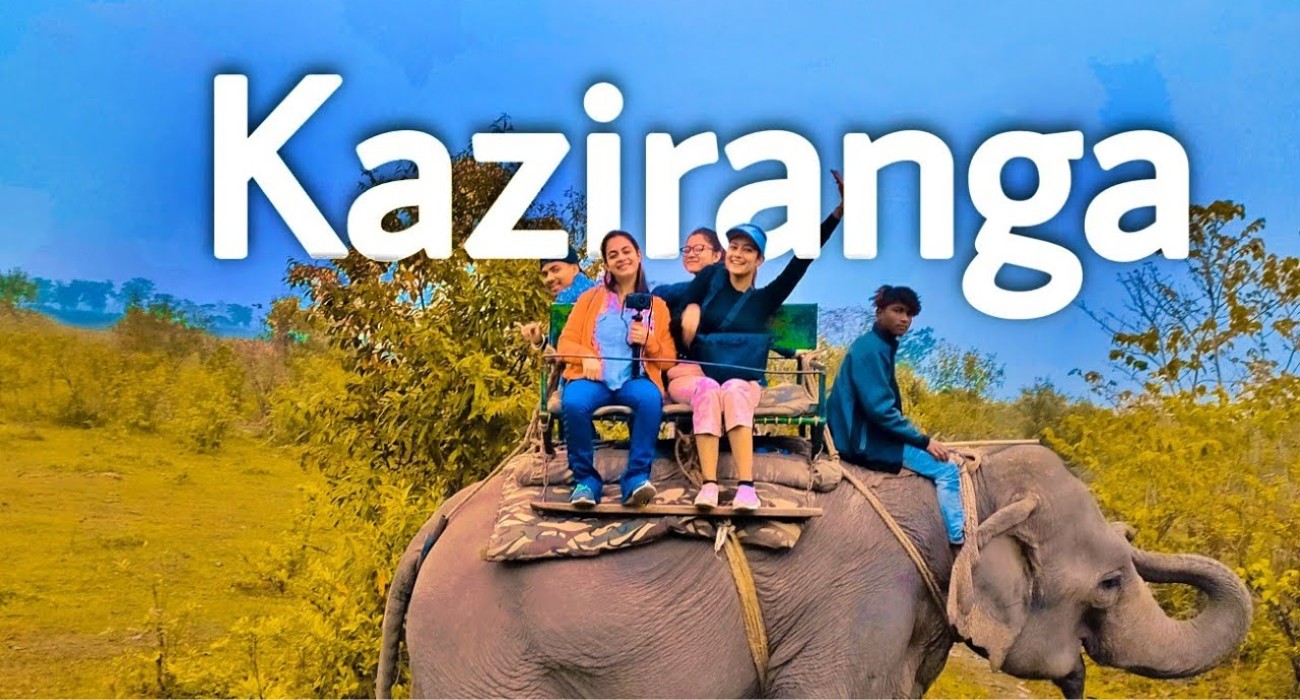
Which is Better in Kaziranga Jeep Safari or Elephant Safari
Assam, India's Kaziranga National Park is well-known for its breathtaking scenery and amazing biodiversity. The elephant safari and the jeep safari are two of the most well-liked safari experiences available at this UNESCO World Heritage site. Both provide distinctive viewpoints and experiences, but which is superior? This article explores the benefits and subtle differences between each to assist you in making a decision.
Seeing Kaziranga: A Safari with Elephants
A dynamic and traditional wildlife experience may be had at Kaziranga on an elephant safari. Few other safari experiences can compare to the sense of majesty and grandeur that comes with riding an elephant. Up close wildlife observation is made possible by the elephant's ability to maneuver through thick vegetation and reach regions that would otherwise be unreachable. For individuals want to see animals in their native environment without creating much disturbance, this close encounter with the natural world may be quite fulfilling.
Being on an elephant provides an elevated viewpoint that makes it easier to see more of the surroundings, which is useful while looking for animals in deep forests or tall grass. Elephants move silently and gently, which makes them less obtrusive and lets you witness creatures in their more natural habitat. Many tourists find that an elephant safari adds a magical element to their trip because of its nostalgia and charm. Elephant safaris, however, are usually only available for a short time—between one and two hours—because there are fewer elephants and riders on the safari.
Explore Kaziranga with a Jeep Safari
On the other hand, the jeep safari provides an alternative form of adventure that is distinguished by its adaptability and scope. Compared to elephants, jeeps can go over a lot more ground, which allows you to see a wider variety of ecosystems in Kaziranga. The probability of seeing a wide variety of species, including elusive tigers and the renowned one-horned rhinoceros, is increased by this thorough coverage.
Longer trips are also possible with the jeep safari; trips typically last three to four hours. This extra time allows for a more thorough investigation of the park's several habitats and presents lots of chances to see and photograph animals. With their cozy seats and adaptable configurations, modern jeeps let users take up several positions for the best views. Jeeps are a dependable option all year round as they can withstand a variety of terrains and weather conditions.
Jeep safaris do, however, come with certain disadvantages. Occasionally, the sound and motion of the car might startle the animals, leading to fewer personal experiences than what an elephant safari offers. Frequent vehicle use can also have an adverse effect on the park's ecosystems and pathways, hurt that into account.
Which Safari Should You Choose—Jeep or Elephant?
What matters most to you in a wildlife trip will ultimately determine whether you choose a jeep safari or an elephant safari. For those seeking a peaceful and intimate experience with nature combined with a hint of historical charm, an elephant safari could be the way to go. However, the jeep safari can be a better choice for you if you value flexiJeep Safarifort, and in-depth exploration.
To really appreciate the various aspects of Kaziranga National Park, many people choose to go on both kinds of safaris. You may pick between the vast coverage of a jeep safari and the timeless elegance of an elephant safari, and either way you can be guaranteed of an enlightening and unforgettable experience in one of India's most outstanding wildlife areas.